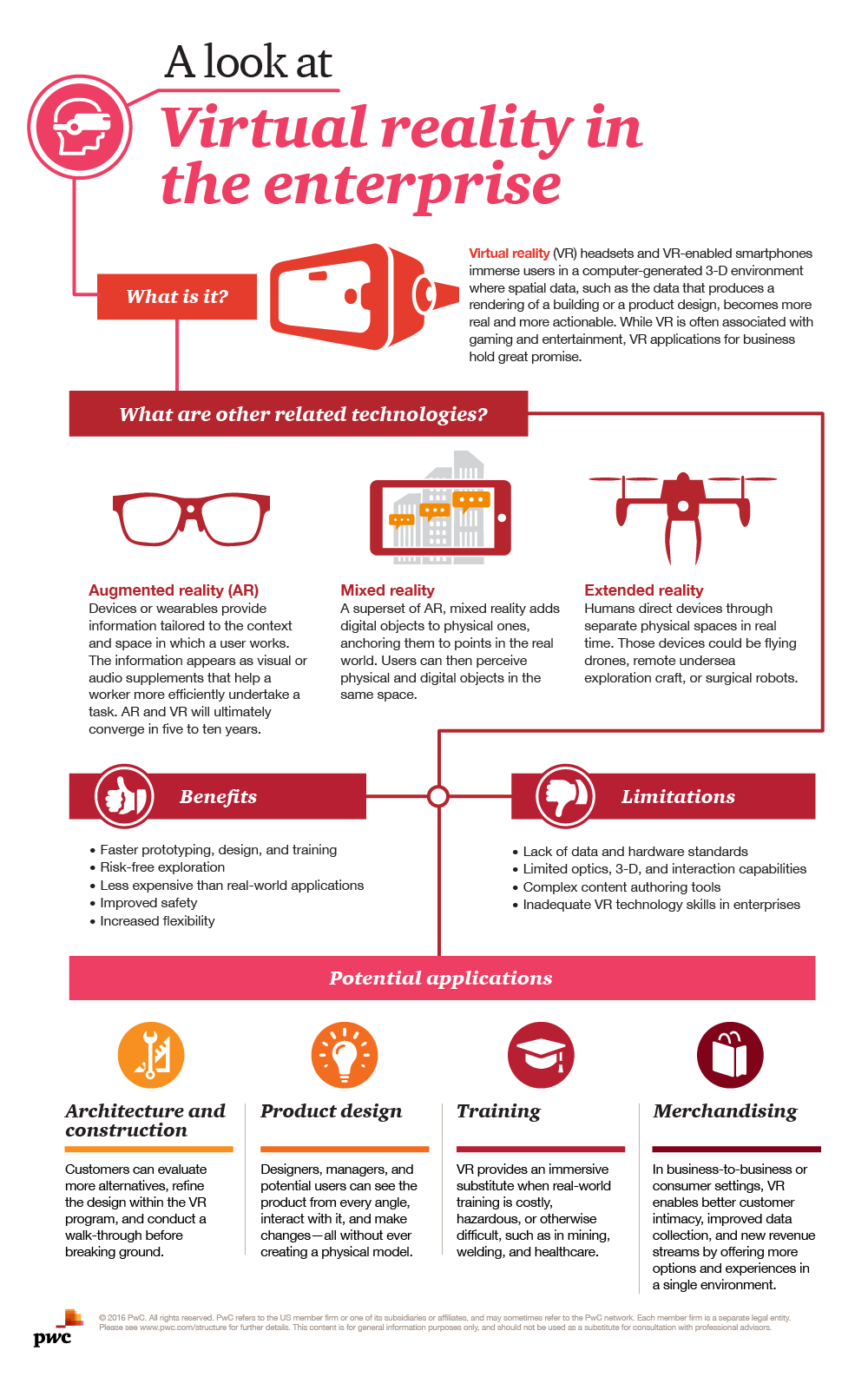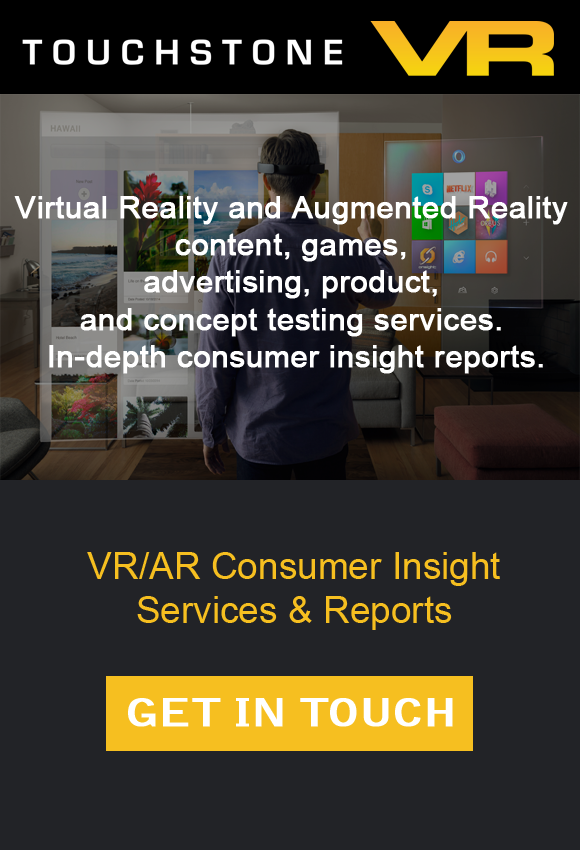Virtual Reality is a technology that immerses its users in a computer-generated 3D environment. Today, there are many other devices and technologies available that offer similar user experiences. Augmented Reality, for one, uses a wearable device to provide contextual information based on the user’s space at that moment. Mixed Reality overlays digital items to objects in the real world, allowing both digital and physical objects to appear in the same space. Additionally, technology is considered to be Extended Reality when humans direct devices through physical space—take a drone, for example. Technologies like this are commonly considered to be most used for entertainment purposes, however, they can be used in a variety of industries. In Architecture and Construction, VR users can evaluate potential building alternatives, refine the design, and conduct a walk-though before breaking ground. Similarly, in Product Design, designers and potential users can see the product concept from every angle, can interact with it, and make chances to it before the item moves to the development phase. In Merchandising, the use of VR allows for more added options and experiences in the retail environment, which in turn, produces better consumer intimacy and improved data collection. VR also assists with new job training across a variety of industries as a substitute to training in the real world environment. This is especially helpful in industries such as mining, welding, and healthcare. Though there are some limitations to VR in the enterprise environment, there are plenty of benefits that include improved safety, faster prototyping, designing and training, and lower costs.
Below is the full infographic by PwC:




